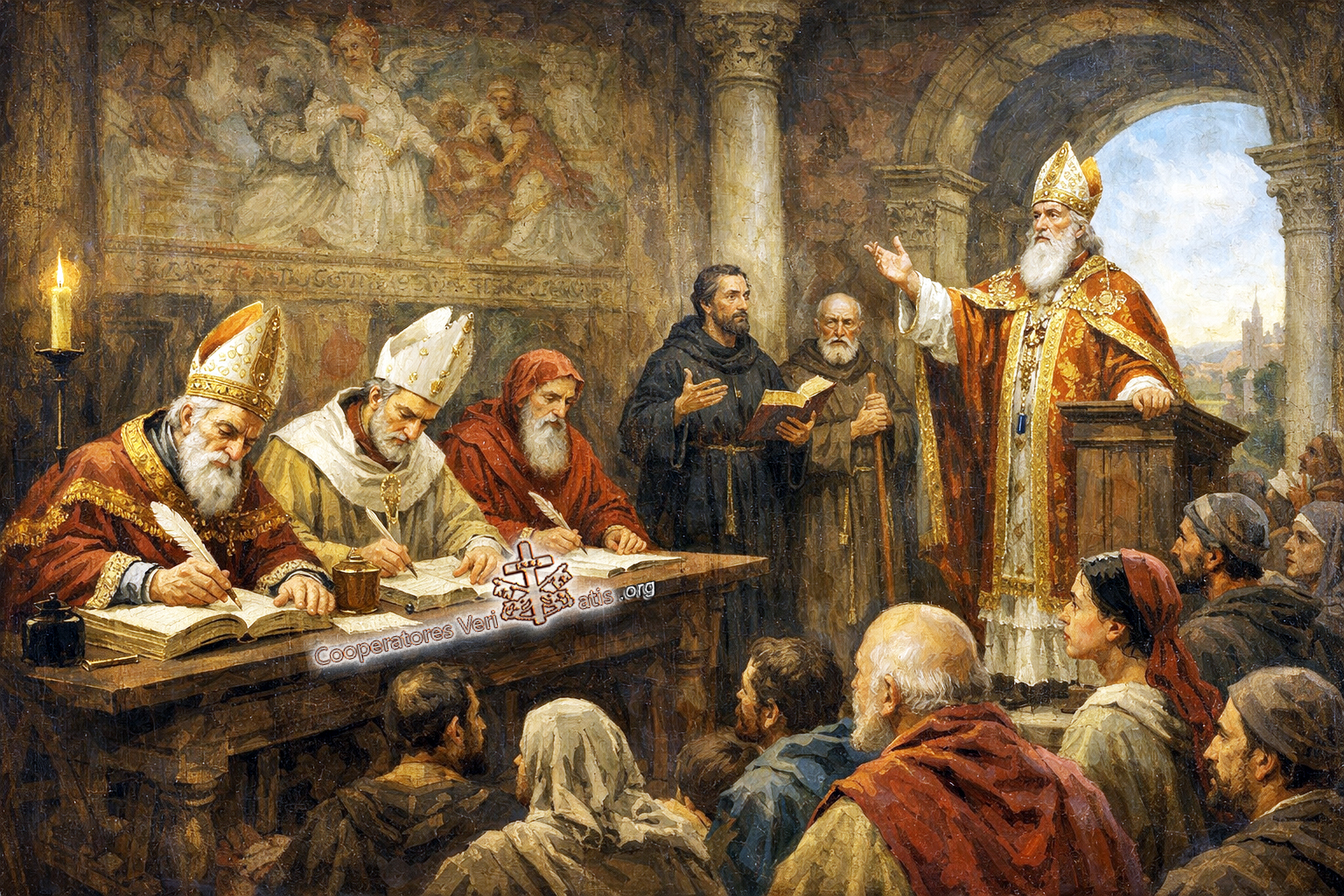The book is in Polish but the songs are in Latin from the ancient poets.
Scroll down to pages 11 - 77 for the classic poetry set to music.
Below is the last song in the book.
Gaude Mater Polonia: Polyphony
Here is the first page of music from that volume (page 11 of the pdf file).
Below is a review of that music book of Latin poet classics.
Stefan Sylweriusz Cybulski’s „Ancient Music” and Compositions to the Poetry of Maciej kazimierz Sarbiewski. Tomasz Jasiński, MUZYKA LVIII 2013/ 4 (231), from a Gallery of Curiosities and Falsifications.
The philologist Stefan Sylweriusz Cybulski (1858–1937), an internationally renowned classics scholar and populariser of ancient culture, made a great contribution to the field of music as well. He was involved in theatrical-musical events based on classical Greek and Latin texts. In his musical writings, he touched on subjects related to sacred music and ancient music, approached mainly from a didactic perspective. For Cybulski, music served primarily to enhance philological instruction: it was supposed to assist teachers and students of classical languages and to deepen their interest in philology. This teaching-oriented approach gave rise to Poezja łacińska w pieśni [Latin poetry in song] (Lviv and Warsaw, 1924), an anthology of compositions for one or more parts to words by classical Latin poets. It is a kind of guidebook, in which the combinations of poetry and music are used to demonstrate the principles that ought to govern the attuning of musical structures to the metric patterns of classical poetry. The textual part is dominated by Horace. Out of 61 texts, 43 are poems of his, while the remainder are by Ovid, Virgil and others. The music dates from various periods, with the Renaissance proportionately the best represented (Paul Hofhaimer, Ludwig Senfl, Petrus Tritonius, Benedictus Ducius, Johann Wolfgang Grefinger, Orlando di Lasso), whilst other composers belong to later epochs (François André Danican Philidor, Benedetto Marcello, Carl Loewe and Cybulski’s contemporaries Wincenty Gorzelniaski and Piotr Mooss). The majority of the anonymous songs are labelled as ‘ecclesiastical melodies’. In most cases, Cybulski noted the century in which a song was written (mainly the sixteenth), although he also used less precise expressions, such as ‘old composition’, ‘early music’ (for works dating from the Middle Ages to the seventeenth century), ‘earlier music’ (the eighteenth century), ‘newer music’ (Loewe) and ‘new composition’ (Gorzelniaski). Only once did Cybulski use the label ‘ancient music’, for a setting of Ode 22 Quando te dulci sine prole solam from Book IV of the poetry of Maciej Kazimierz Sarbiewski (1595–1640). In this case, a striking combination of terms is used: ‘ancient music’ and ‘ecclesiastical melody’. The reasons for this peculiar choice of labels became clear during analysis. A closer look at the melody of the vocal part reveals that its pitch structure is derived from two hymns: Ecce jam noctis and Rerum Deus. The melody of the former is used in the first section of the work, while the latter provides the melody of the second section. The designation ‘ecclesiastical melody’ is justified by the fact that sacred song was indeed used here, although in the form of not one ‘ecclesiastical melody’, but two. Why then the labelling of this composition as ‘ancient music’? For reasons that will remain a mystery, Cybulski most probably decided that the two hymns were particularly archaic examples of ‘ecclesiastical melody’ that had its origins in antiquity. The composition under analysis is an example of accompanied monody. The upper plane can be identified as a solo soprano part, while the lower plane can probably be interpreted as the part of a plucked string instrument. It is also possible that the composition was intended for a keyboard instrument, e.g. piano, which would cover the whole structure (by doubling the vocal part). As a whole, the composition is characterised by an absence of tonal uniformity, which is a consequence of the compilation of melodies. Its harmonic layer, for the most part chordally conceived, displays great simplicity, with an almost complete lack of dissonant tensions. The final cadence – with a 4-3 suspension, typical of early music and later stylisations – is an extraneous element. A similar impression of ‘randomness’ is created by a passage with a movement of parallel thirds. Consistency is found, however, in the musical declamation, which reflects the guiding principle of the anthology. The most intriguing question concerning this peculiar composition is that of authorship. The entire discourse, taking into account various comparisons of Quando te dulci sine prole solam with other compositions in the collection, tends to the conclusion that the music to Sarbiewski’s poem was in all probability composed by Wincenty Gorzelniaski (1872–1929). As he was Cybulski’s close collaborator on the anthology, it is difficult to say whether it was Gorzelniaski himself who combined the melodies and provided the rhythm, or whether he was working on an existing compilation. Irrespective of all the doubts, we are forced to conclude that the composition in question is truly bizarre, as we are dealing with a piece of ‘ancient music’ with no connection to antiquity, an ‘ecclesiastical melody’ not intended to be sung in a church and, finally, a short and yet inconsistent work. At the same time, the piece bears the hallmarks of a falsification, mainly because Cybulski’s anthology purports to be scholarly in nature. The setting of Quando te dulci sine prole solam is an example of a situation in which the noblest of motives, enhanced by genuine fascination, a desire to recreate the past and extensive knowledge in many fields, leads to essentially false and misleading results that create pseudo-history.














%2010.51.46%E2%80%AFa.%C2%A0m..png)





















